- Home
- >
- Exhibition
- >
- Current Exhibitions
Current Exhibitions
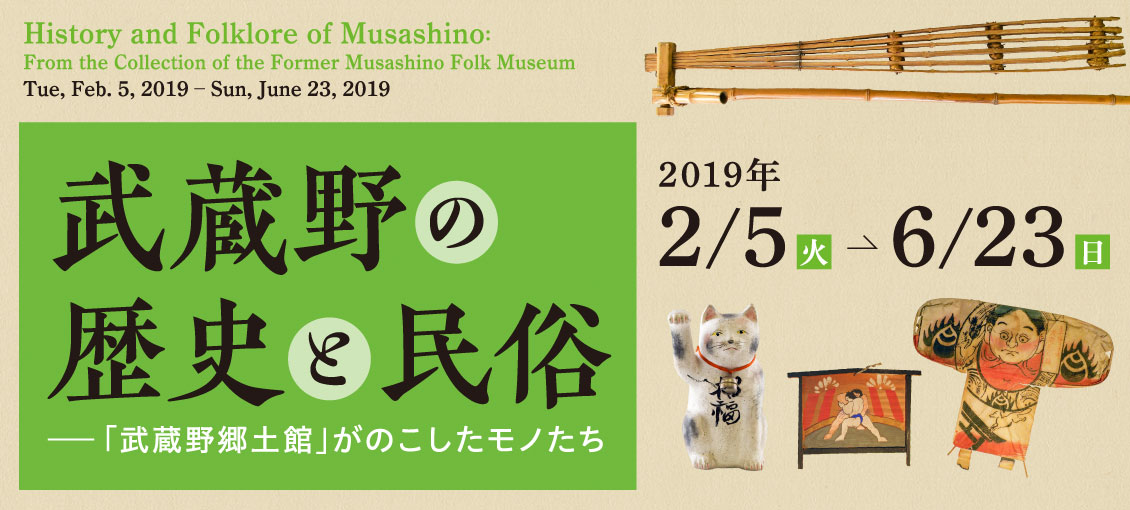
- ■Period:
- 2019Tuesday, February 5 – Sunday, June 23
- ■Venue:
- Exhibition Room of the Edo-Tokyo Open Air Architectural Museum 〈Visit〉
- ■Opening Hours:
- Until Friday, March 15: 9:30 A.M. - 4:30 P.M. (admission allowed until 4:00 P.M.)
From Saturday, March 16: 9:30 A.M. - 5:30 P.M. (admission allowed until 5:00 P.M.)
- ■Closed days:
- Mondays (or the following day if Monday is a national holiday)
*Open specially on March 18, 25 and April 1, 8, 30
- ■Organized by:
- Edo-Tokyo Open-Air Architectural Museum, Tokyo Metropolis
- ■An admission fee to the Museum is required. No extra charge for the exhibition.〈Admission fee〉
History and Folklore of Musashino
―From the collection of the Former Musashino Folk Museum
Ever since the Edo-Tokyo Open-Air Architectural Museum opened in 1993 as the Edo-Tokyo Museum, it has continued striving in activities to ensure the passing on of valuable cultural assets to generations of the future.
The Musashino Folk Museum stood here before the Edo-Tokyo Open-Air Architectural Museum was established, with displays showing the history of Musashino from ancient to modern times. This Folk Museum was closed in 1991, but the reconstructed buildings, as well as the archeological, folklore and literary materials, along with many other valuable materials were inherited by the Edo-Tokyo Open-Air Architectural Museum. These materials have been sorted and stored, and are placed occasionally on display.
Centered on materials gathered by the Musashino Folklore Museum, this exhibition focuses on archaeological materials, such as dugout canoes (later to final days of the Jōmon Period, excavated from Hanamigawa Word, Chiba City, Chiba Prefecture), folklore and art materials associated with occupations, daily life, religions and entertainment, and materials associated with the late Ichia Ozawa who was known as a collector of materials on frogs. Through display panels, the exhibition will also introduce six reconstructed buildings currently open to the public at the Edo-Tokyo Open-Air Architectural Museum, which were collected by the Musashino Folk Museum and placed on display outdoors in the Folk Tradition Park of them.
Exhibition Layout
| Introduction
The History of the Musashino Folk Museum |
| Part I
The Collection from the Musashino Folk Museum |
| Part II
The Collection from the Musashino Folk Museum |
| Conclusion
The Buildings from the Musashino Folk Museum |
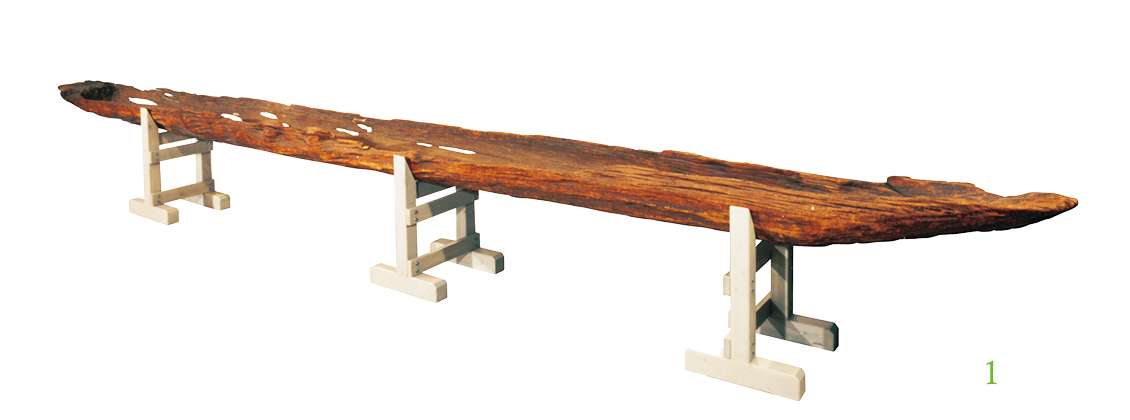
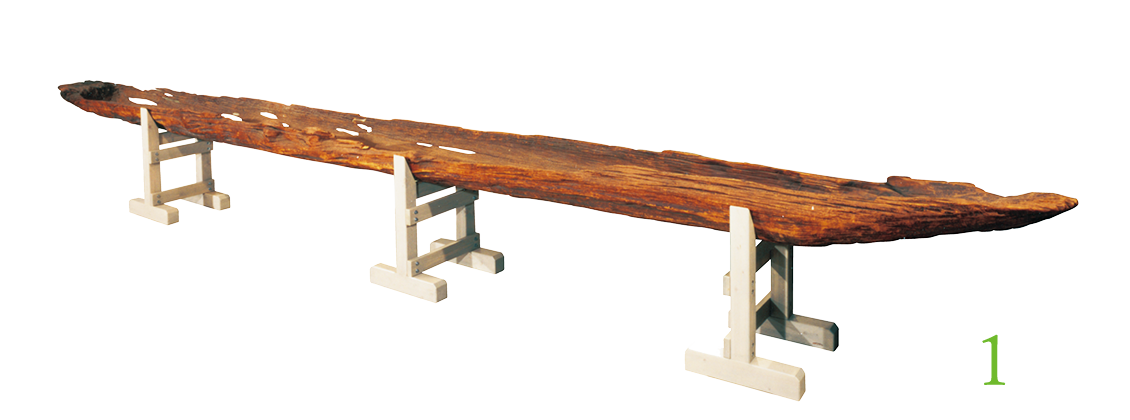
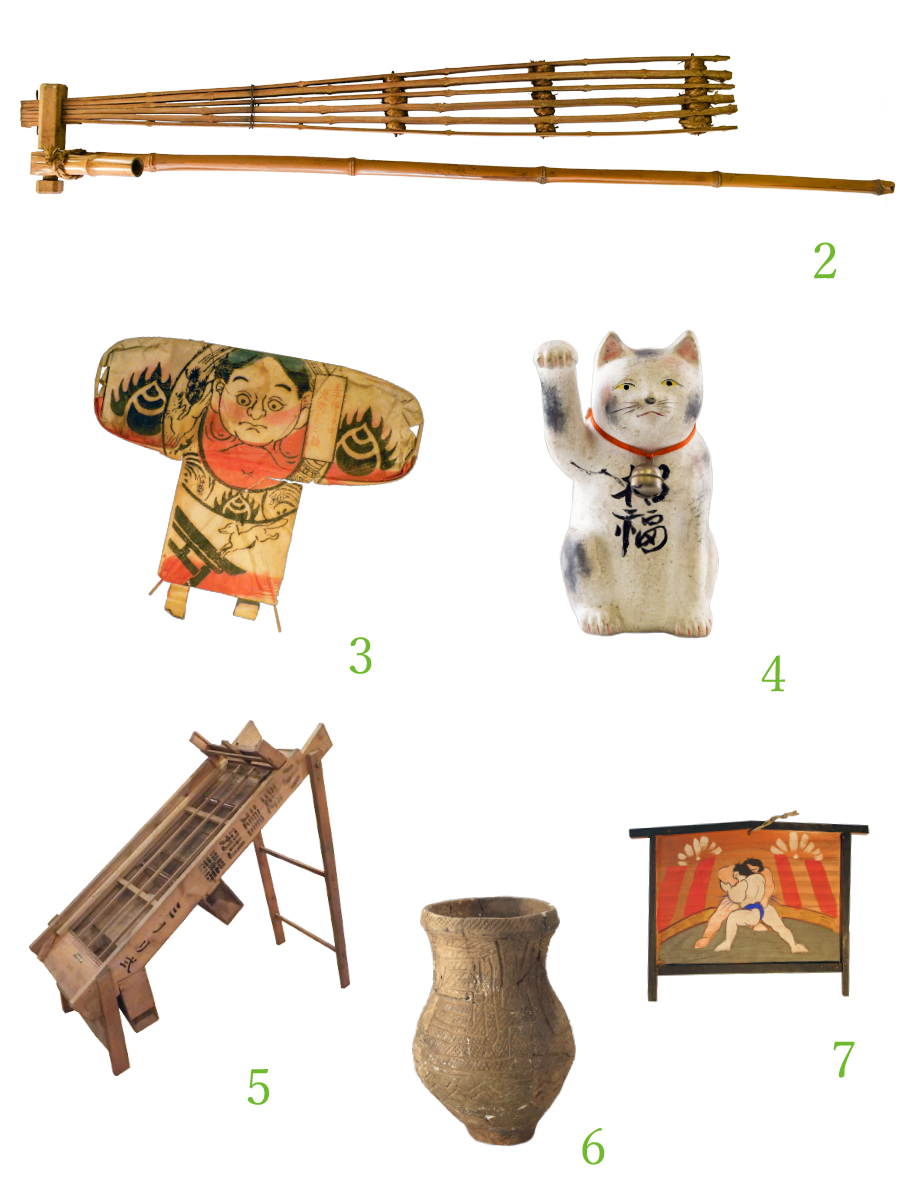
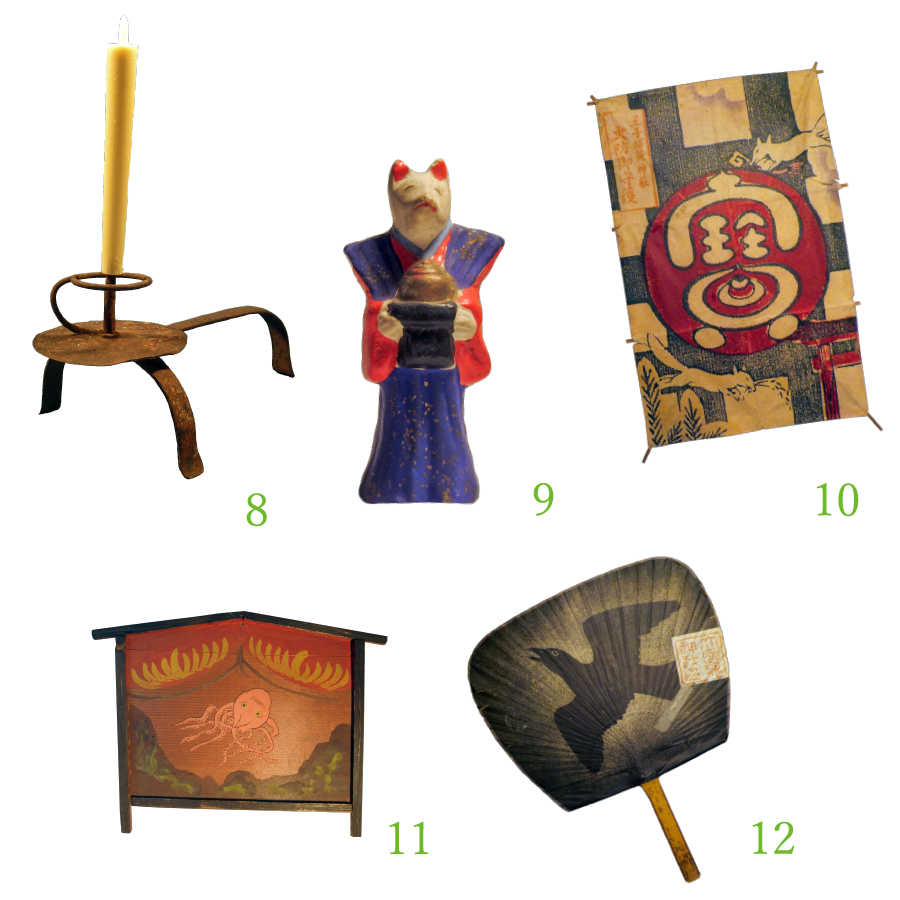
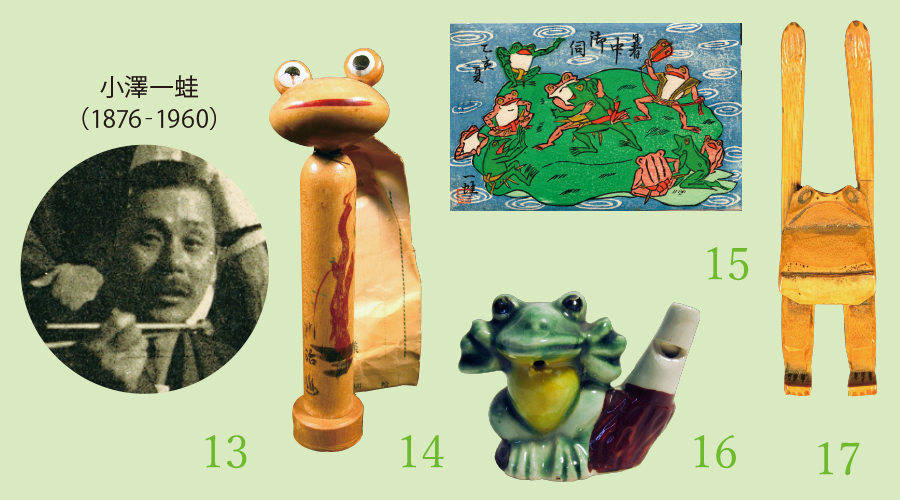
1. Dugout Canoe (from the Late to Final Jōmon period, excavated from Hanamigawa District, Chiba City, Chiba Prefecture)
2. Flail (Koganei City) *Part
3. Good Luck Kite for Protection Against Fire (Man-shaped Type) (Kita Ward)
4. Folk Toy: Maneki-neko ('Beckoning Cat'), from Gōtokuji Temple (Setagaya Ward)
5. Sieving Equipment
6. Pot-shaped earthenware (mid-Yayoi Period, excavated from Asukayama Park in Kita Ward)
7. Small Ema “Sumo” (a votive tablet)” (Ome City)
8. “Teshoku (portable candlestick)”
9. “Sanpō -gitsune” “Imado” Doll (Taito Ward)
10. Good Luck Kite for Protection Against Fir (Square Type) (Kita Ward)
11. Small Ema “Octopus” (a votive tablet)” (Kita Ward)
12. Paper Fan Bearing an Illustration of a Crow (Fuchu City)
13. Picture postcard, “Year-end-party of Garakuta-shū Club, presented” (1921) *Part
14. Wooden Doll: Kokeshi-tsūshin 'Frog'
15. Picture postcard (1921) (illustrated by Ichia Ozawa)
16. Flute
17. Bamboo Artefact: Paperweight
All stored at the Edo-Tokyo Museum
Related businesses
- Highlights of the museum seminar, “The History and Folklore of Musashino”
- Details: Explanation of the exhibition highlights
- Schedule: Saturday, February 23 and Saturday, April 27, 2019
- Person in charge: Haruka Maruyama (curator)
© EDO-TOKYO OPEN AIR ARCHITECTURAL MUSEUM All rights reserved.
























